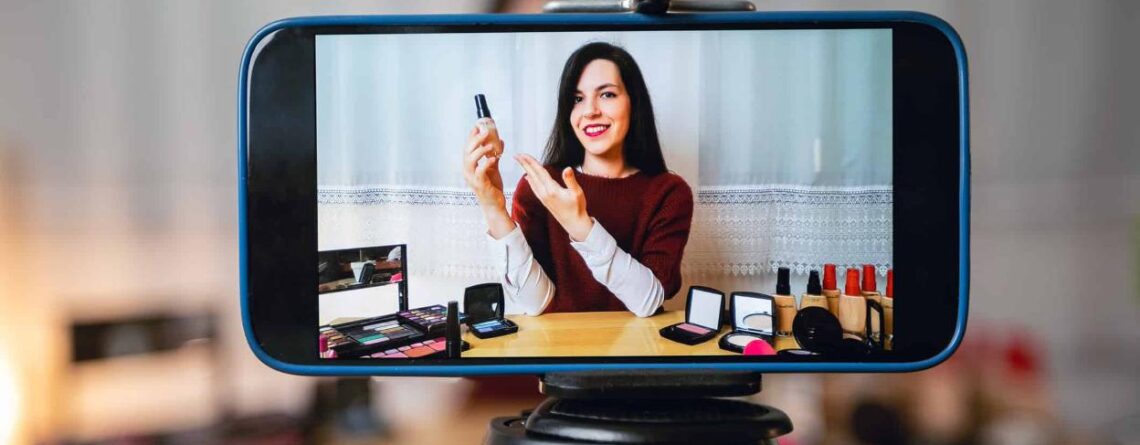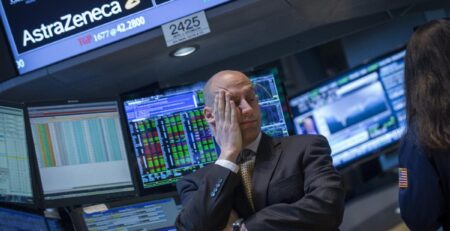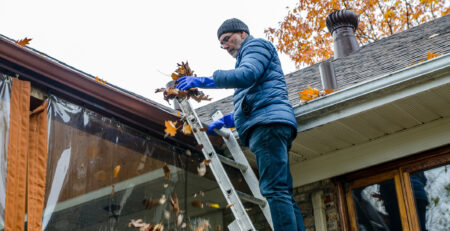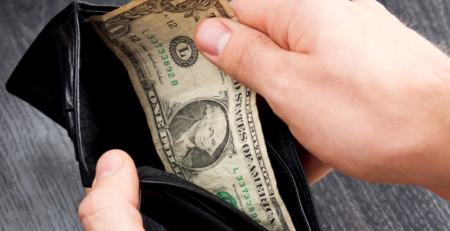Aging Is Trending On TikTok – Lean In To Inspire Gen Z’s Retirement Goals
Coastal grandmother and grandmillennial may be popular design trends on TikTok but getting younger generations to financially plan for those years is more of a challenge.
Nearly a third of Gen Z workers are not are not saving for retirement, according to a recent Bankrate survey, and roughly the same amount report feeling behind on their planning. While the Gen Z cohort, which includes workers between the ages of 18-25, has the benefit of time to build the foundations of their financial wellbeing, the lack of savings points to a larger, disturbing trend in retirement planning. Feeling a lack of preparedness only increases as retirement draws near: 46% of millennials, aged 26-41, feel behind, while 65% of Gex Xers and 71% of baby boomers also reported feeling inadequately prepared for retirement.
The lack of planning among younger generations is somewhat surprising considering there is a cohort of that generation that has been romanticizing the aesthetic of their golden years on social media. Coastal grandmother and grandmillennial, are two of the emerging fashion and design trends on TikTok in which Gen Z and millennials picture themselves living life as though they’re Ina Garten or a character in a Nancy Meyers movie.
But that fetishization about one’s golden years means little without the financial safety net to make those dreams come true. Here’s three ways to market retirement to younger generations.
The Power of Compounding Interest: There’s no way of getting around retirement planning talk without bringing a little math to the table. In one’s early working years — with lower pay and likely student debt — it can seem pointless to save but even setting aside a few dollars can mean huge gains for the future. Saving as little as $100 a month for 50 years could yield a nest egg of $350,000, assuming a 6% annualized return. If that same person waited 10 years to start saving, their nest egg would only be $186,000 — that’s a $164,000 difference even though the amount invested is only $12,000 less.
Read more forbes











